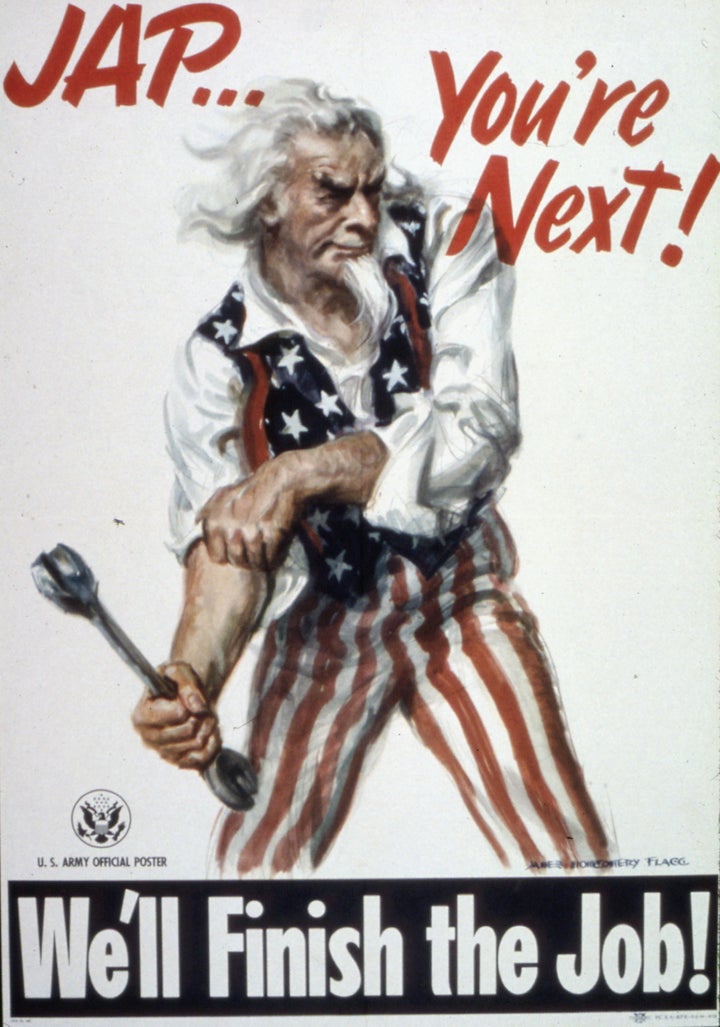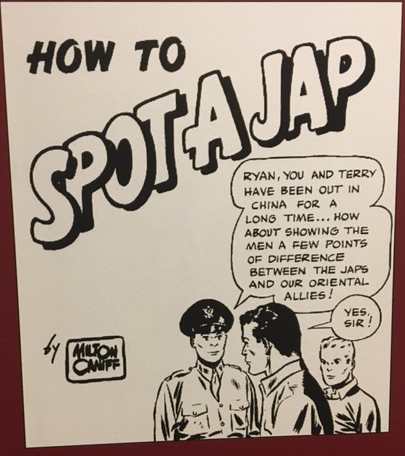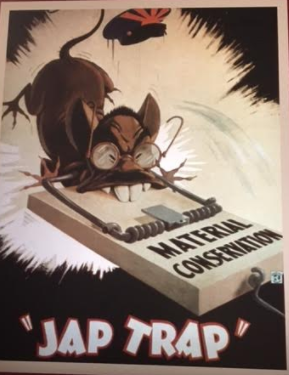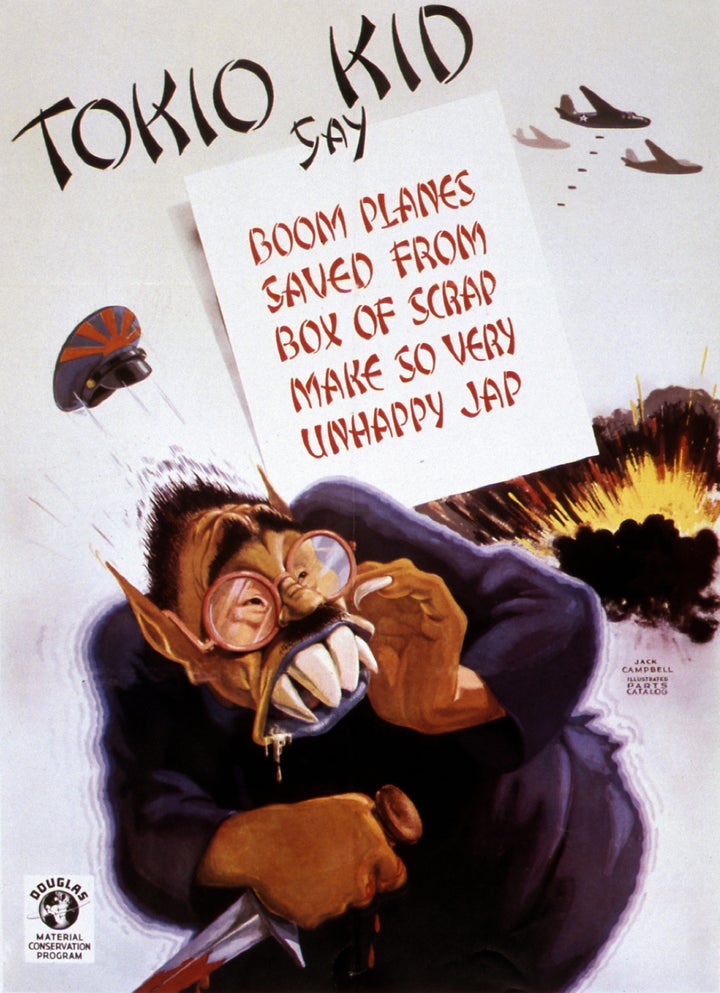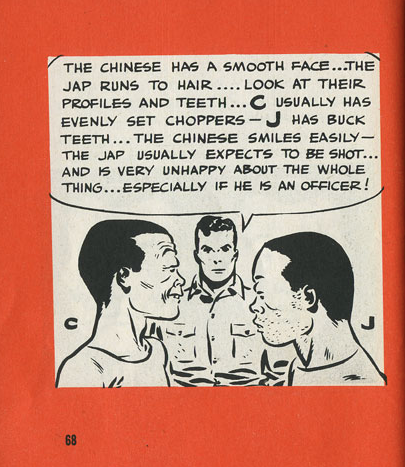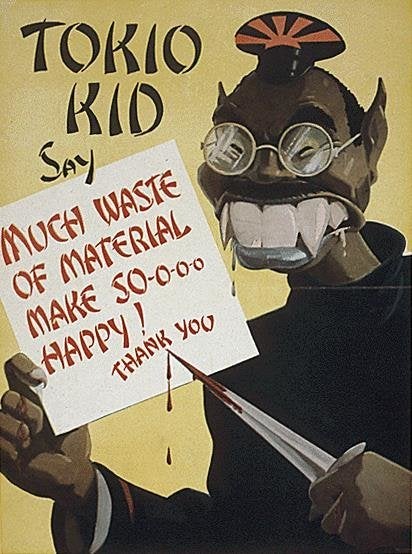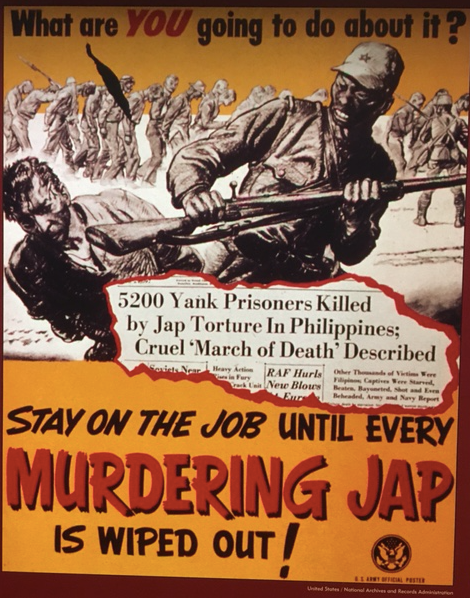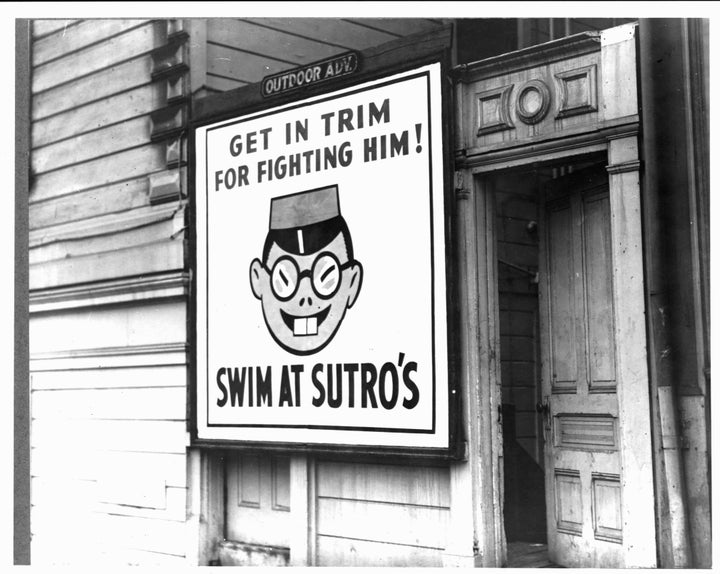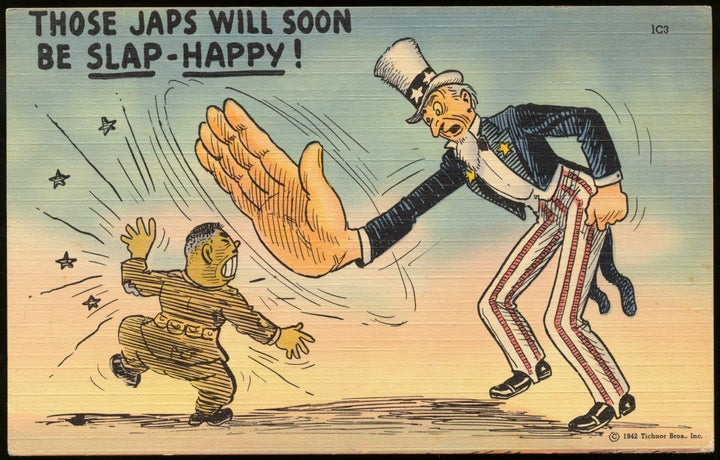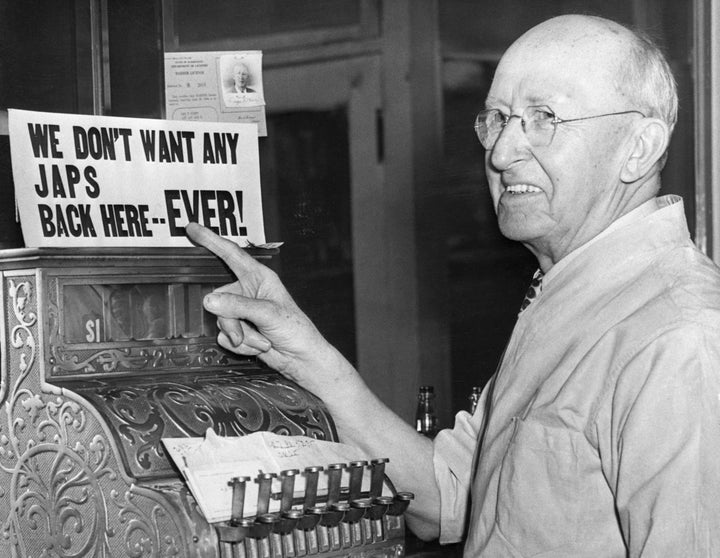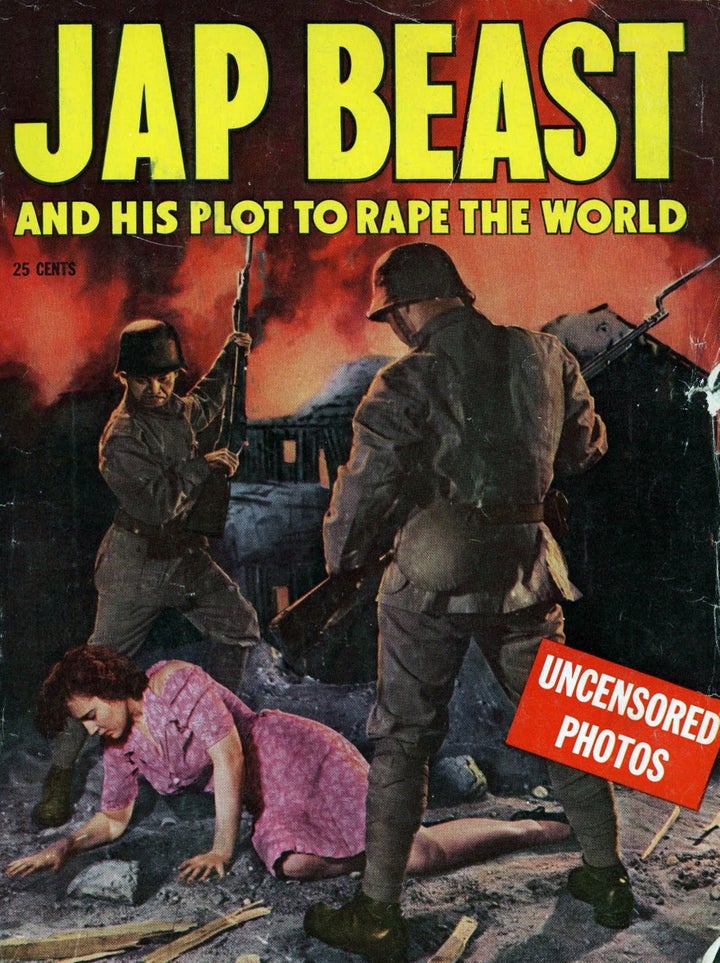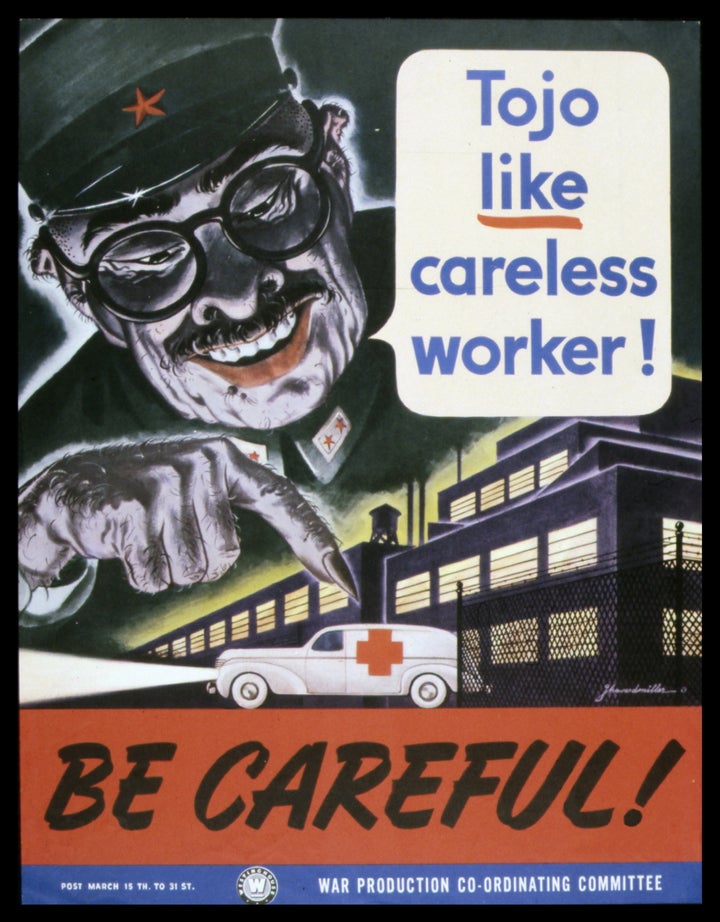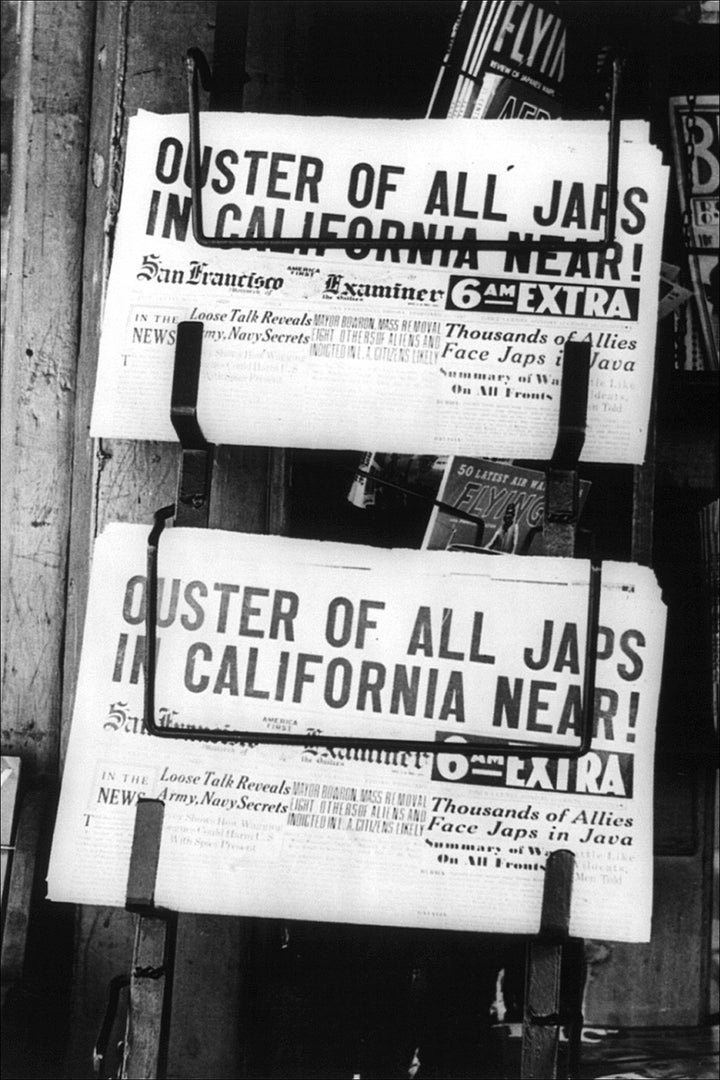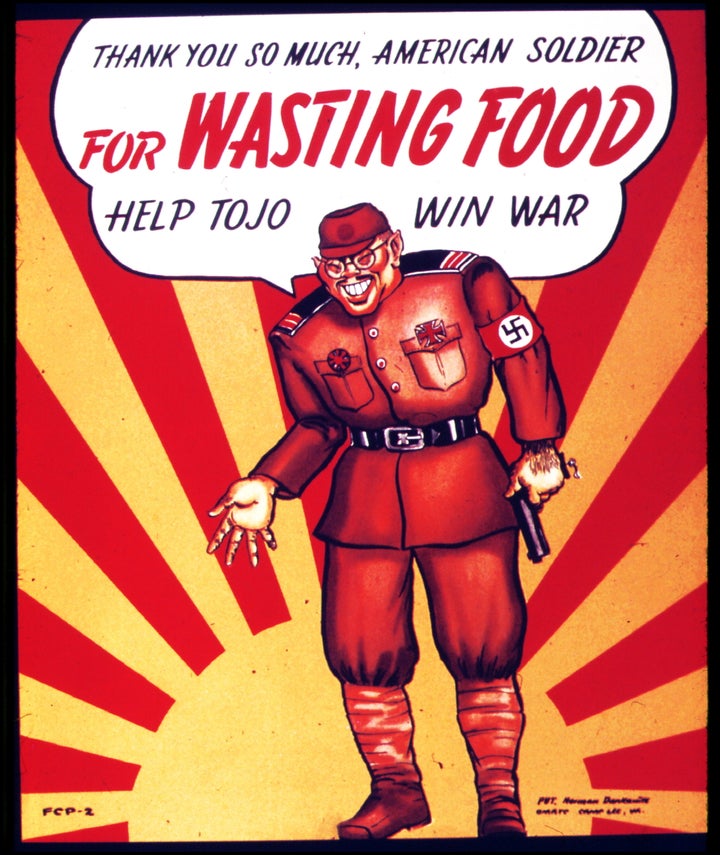The bombing of Pearl Harbor not only marked a turning point in America’s role in World War II, but also helped catalyze rampant anti-Japanese sentiment across the country.
Americans ― Japanese-Americans ― bore the brunt of this xenophobia. As bold signs with bigoted slogans were erected on storefronts and stories like ″How to Tell Japs from the Chinese” were splashed across the pages of newspapers and magazines, Americans of Japanese descent were quickly painted as “the enemy.”
These racist attitudes, perpetuated by government officials, had real consequences for Japanese-Americans. President Franklin D. Roosevelt’s Executive Order 9066 paved the way for more than 110,000 of them to be forced from their homes and imprisoned behind barbed wire during the war. What’s more, their detention received Congress’ blessing.
On Thursday, the 76th anniversary of the attack on Pearl Harbor, Americans look back on the tragedy that changed the lives of so many citizens. Against the backdrop of the Trump administration’s travel ban targeting travelers from mostly Muslim-majority countries, World War II-era propaganda and signs remind us what happens when an entire group of people is scapegoated during a time of conflict.
Scroll down below to see anti-Japanese wartime propaganda.
